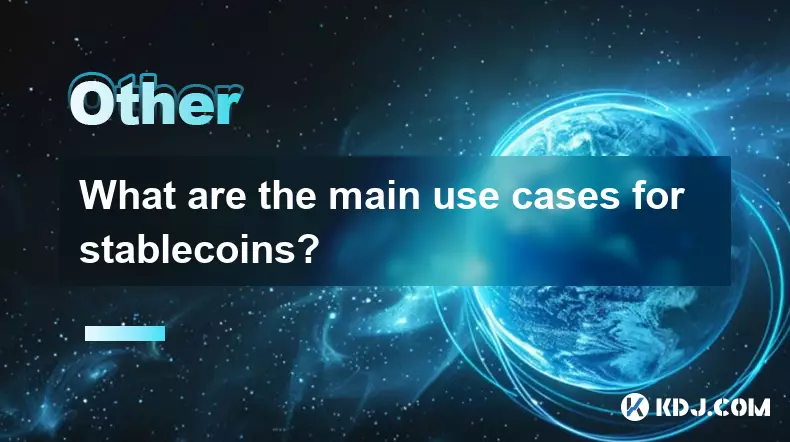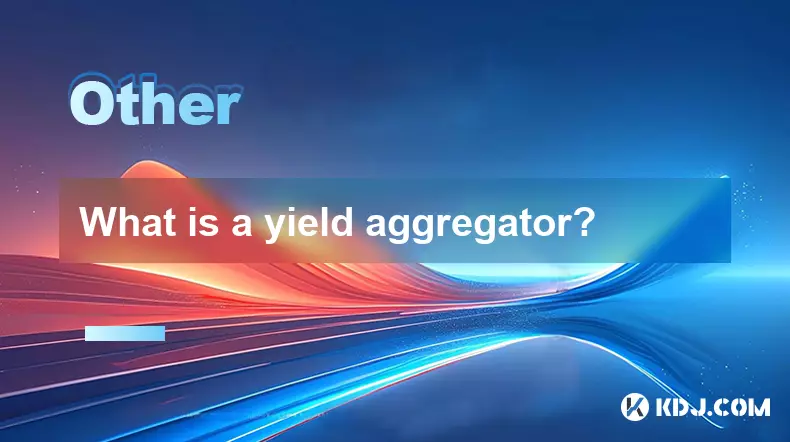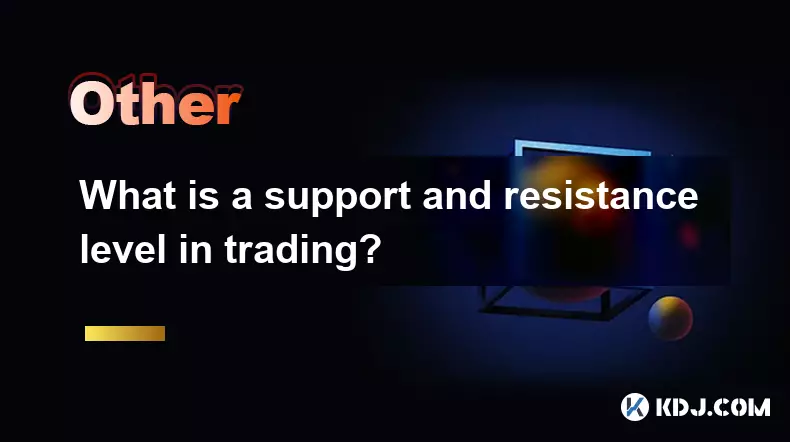-
 Bitcoin
Bitcoin $108300
-2.56% -
 Ethereum
Ethereum $4395
-1.64% -
 XRP
XRP $2.833
-2.65% -
 Tether USDt
Tether USDt $1.000
-0.01% -
 BNB
BNB $859.3
-1.19% -
 Solana
Solana $206.5
-4.32% -
 USDC
USDC $0.9999
0.00% -
 Dogecoin
Dogecoin $0.2172
-1.48% -
 TRON
TRON $0.3397
-1.23% -
 Cardano
Cardano $0.8361
-1.03% -
 Chainlink
Chainlink $23.37
-3.16% -
 Hyperliquid
Hyperliquid $44.50
-2.30% -
 Ethena USDe
Ethena USDe $1.001
-0.03% -
 Sui
Sui $3.318
-3.27% -
 Stellar
Stellar $0.3616
-2.99% -
 Bitcoin Cash
Bitcoin Cash $532.7
-4.23% -
 Cronos
Cronos $0.2999
-1.70% -
 Avalanche
Avalanche $23.71
-4.83% -
 Hedera
Hedera $0.2280
-2.65% -
 UNUS SED LEO
UNUS SED LEO $9.501
-0.86% -
 Litecoin
Litecoin $110.8
-1.83% -
 Toncoin
Toncoin $3.091
-1.26% -
 Shiba Inu
Shiba Inu $0.00001240
-1.06% -
 Polkadot
Polkadot $3.814
-2.77% -
 Uniswap
Uniswap $9.712
-2.23% -
 Dai
Dai $0.9999
0.00% -
 Bitget Token
Bitget Token $4.546
-1.23% -
 Aave
Aave $317.7
0.91% -
 Monero
Monero $261.9
-0.95% -
 Ethena
Ethena $0.6649
-0.51%
What are the main use cases for stablecoins?
Stablecoins enable fast, low-cost global payments, hedge against inflation, and power DeFi, offering stability and financial access in volatile economies.
Aug 30, 2025 at 03:41 am

Main Use Cases for Stablecoins
1. Stablecoins serve as a reliable medium of exchange in volatile cryptocurrency markets. Traders often convert their holdings into stablecoins during periods of high volatility to preserve value without exiting the crypto ecosystem. This allows them to remain active on exchanges and ready for new opportunities without exposure to drastic price swings.
2. They facilitate fast and low-cost cross-border payments. Unlike traditional banking systems that can take days and charge high fees, stablecoins enable near-instant international transfers. Migrant workers, freelancers, and global businesses benefit from this efficiency, particularly in regions with limited banking infrastructure.
3. Stablecoins are widely used in decentralized finance (DeFi) applications. They act as the primary asset for lending, borrowing, and yield farming protocols. Their price stability makes them ideal collateral and reduces the risk of liquidation in lending platforms.
4. Merchants and online platforms increasingly accept stablecoins for goods and services. The predictability of value ensures both buyers and sellers avoid the uncertainty associated with fluctuating crypto prices, making transactions more practical for everyday commerce.
5. Stablecoins provide financial access to the unbanked and underbanked populations. With only a smartphone and internet connection, individuals in emerging economies can store value, send remittances, and participate in digital economies without relying on traditional banks.
Hedging Against Local Currency Instability
1. In countries experiencing hyperinflation or currency devaluation, citizens turn to stablecoins as a store of value. By holding assets pegged to stable currencies like the US dollar, individuals protect their savings from erosion caused by economic mismanagement.
2. Stablecoins offer an accessible alternative to offshore banking. Residents in nations with capital controls can move funds across borders using stablecoins, bypassing restrictive regulations while maintaining liquidity.
3. Local entrepreneurs use stablecoins to invoice international clients and pay overseas suppliers. This avoids delays and fees tied to foreign exchange conversions and correspondent banking networks.
4. Non-governmental organizations and aid agencies deploy stablecoins for humanitarian assistance. Funds reach recipients faster and with greater transparency, reducing the risk of corruption or misallocation in crisis zones.
Integration with Decentralized Applications
1. Stablecoins are the backbone of liquidity pools in decentralized exchanges (DEXs). Traders swap assets against stablecoin pairs like USDT or DAI, ensuring minimal slippage and consistent pricing.
2. Yield generation strategies in DeFi rely heavily on stablecoin deposits. Users earn interest by supplying stable assets to lending protocols such as Aave or Compound, where demand for borrowing stablecoins remains consistently high.
3. Algorithmic and collateralized stablecoins power complex financial primitives. These include synthetic assets, options markets, and automated market makers that require stable denominations to function effectively.
4. Developers use stablecoins to denominate fees, rewards, and incentives within dApps. Predictable value units help maintain economic stability within platform ecosystems, especially those involving governance or staking mechanisms.
Common Questions About Stablecoins
How do stablecoins maintain their value?Most stablecoins are backed by reserves of fiat currency, commodities, or other cryptocurrencies. Regular audits and smart contract mechanisms ensure the peg is maintained through collateralization or algorithmic adjustments.
Are stablecoins regulated?Regulatory scrutiny varies by jurisdiction. Some countries require licensing for issuers, while others are developing frameworks to oversee issuance, transparency, and anti-money laundering compliance.
Can stablecoins lose their peg?Yes, under extreme market stress or loss of confidence, stablecoins can deviate from their intended value. Historical examples include UST in 2022 and USDT briefly trading below $1 during periods of uncertainty.
What risks are associated with stablecoins?Risks include counterparty risk if reserves are not fully backed, smart contract vulnerabilities, regulatory intervention, and centralization of control depending on the issuer and network.
Disclaimer:info@kdj.com
The information provided is not trading advice. kdj.com does not assume any responsibility for any investments made based on the information provided in this article. Cryptocurrencies are highly volatile and it is highly recommended that you invest with caution after thorough research!
If you believe that the content used on this website infringes your copyright, please contact us immediately (info@kdj.com) and we will delete it promptly.
- Bitcoin vs. Altcoins: Decoding the Dominance Shift
- 2025-08-30 13:25:27
- Luxury Brands, Crypto Adoption, and the Web3 Revolution: What's the Deal?
- 2025-08-30 13:05:14
- BlockDAG, ETH, and PEPE Coin: Decoding the Crypto Hype in the City That Never Sleeps
- 2025-08-30 11:50:12
- Paige Bueckers, Micah Parsons, and Luka Doncic: A whirlwind of trades, stardom, and cross-sport admiration
- 2025-08-30 09:25:36
- Bitcoin, Settlement, and Accounting Standards: A New Era of Transparency?
- 2025-08-30 10:10:12
- Bitcoin Price, Eric Trump, and AMDax: A Million-Dollar Prediction and a 1% Supply Grab
- 2025-08-30 10:45:57
Related knowledge

What are the main use cases for stablecoins?
Aug 30,2025 at 03:41am
Main Use Cases for Stablecoins 1. Stablecoins serve as a reliable medium of exchange in volatile cryptocurrency markets. Traders often convert their h...

What is a "vampire attack" in DeFi?
Aug 29,2025 at 09:36pm
Understanding the Concept of Vampire Attacks in DeFi1. A vampire attack in the decentralized finance (DeFi) space refers to a strategic effort by one ...

What is a yield aggregator?
Aug 30,2025 at 12:36pm
Understanding Yield Aggregators in the Crypto Space1. A yield aggregator is a decentralized finance (DeFi) platform designed to automate and optimize ...

What is a support and resistance level in trading?
Aug 29,2025 at 07:00pm
Understanding Support and Resistance in Market Dynamics1. Support and resistance levels are foundational concepts in technical analysis, widely used b...

What are "diamond hands" and "paper hands"?
Aug 29,2025 at 09:54pm
Diamond Hands: The Mindset of Holding Through Volatility1. Diamond hands refer to the psychological resilience of holding onto cryptocurrency assets d...

What does HODL, FUD, and FOMO mean?
Aug 29,2025 at 06:19pm
Fundamental Cryptocurrency Slang Every Trader Should KnowCryptocurrency communities thrive on unique terminology that reflects the culture, sentiment,...

What are the main use cases for stablecoins?
Aug 30,2025 at 03:41am
Main Use Cases for Stablecoins 1. Stablecoins serve as a reliable medium of exchange in volatile cryptocurrency markets. Traders often convert their h...

What is a "vampire attack" in DeFi?
Aug 29,2025 at 09:36pm
Understanding the Concept of Vampire Attacks in DeFi1. A vampire attack in the decentralized finance (DeFi) space refers to a strategic effort by one ...

What is a yield aggregator?
Aug 30,2025 at 12:36pm
Understanding Yield Aggregators in the Crypto Space1. A yield aggregator is a decentralized finance (DeFi) platform designed to automate and optimize ...

What is a support and resistance level in trading?
Aug 29,2025 at 07:00pm
Understanding Support and Resistance in Market Dynamics1. Support and resistance levels are foundational concepts in technical analysis, widely used b...

What are "diamond hands" and "paper hands"?
Aug 29,2025 at 09:54pm
Diamond Hands: The Mindset of Holding Through Volatility1. Diamond hands refer to the psychological resilience of holding onto cryptocurrency assets d...

What does HODL, FUD, and FOMO mean?
Aug 29,2025 at 06:19pm
Fundamental Cryptocurrency Slang Every Trader Should KnowCryptocurrency communities thrive on unique terminology that reflects the culture, sentiment,...
See all articles

























































































